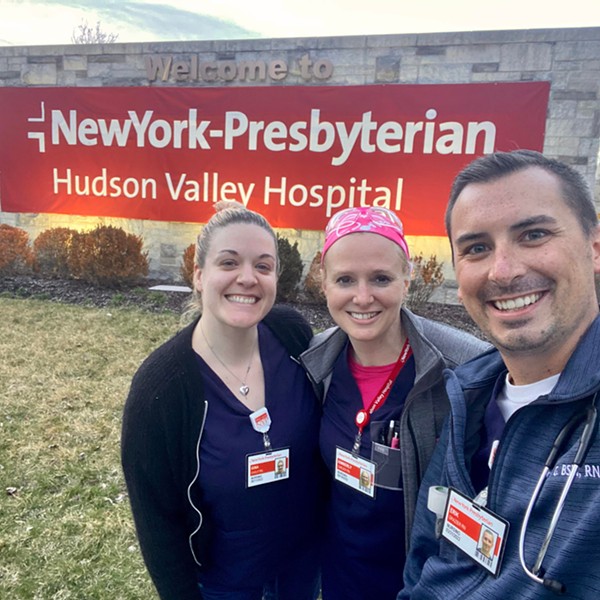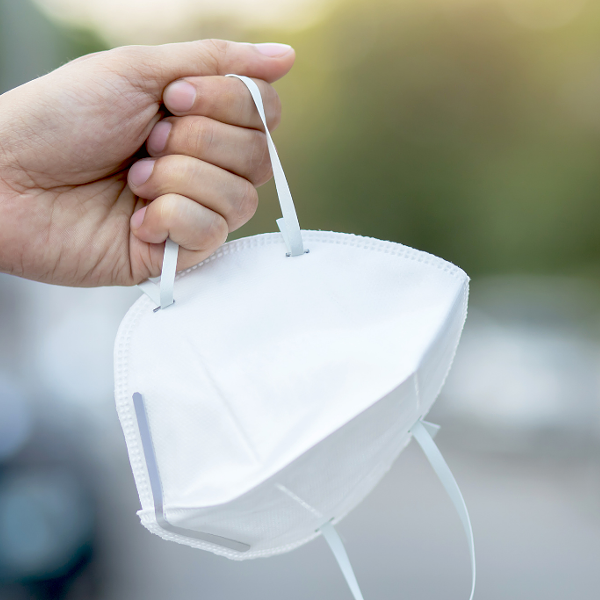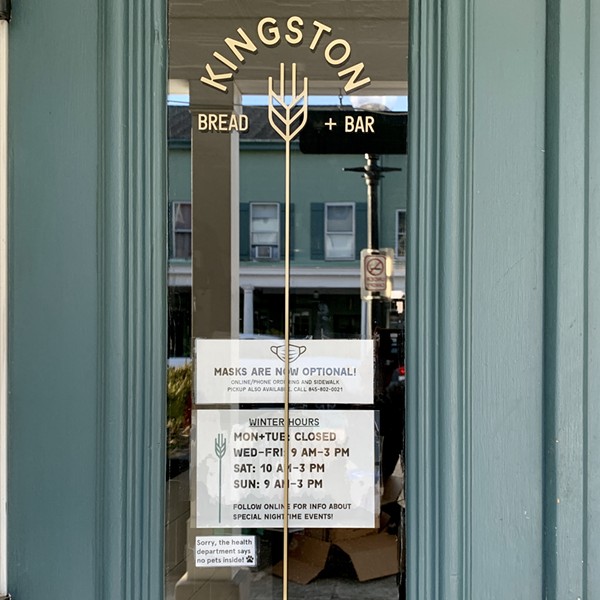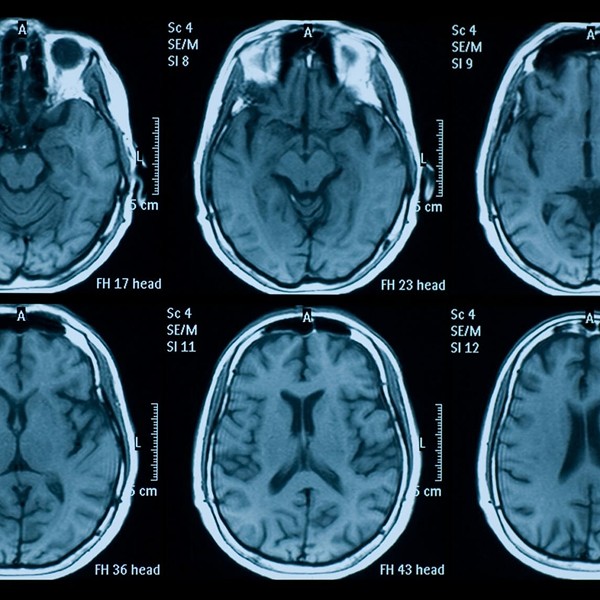This is a roundup of coronavirus news and announcements from New York State and Hudson Valley and Catskills counties for Saturday, August 22 through Monday, August 24.
NEW YORK STATE
430,145 cases confirmed (408 new)
7,683,190 tests performed (62,031 new)
Positive test rate: .66%
25,295 deaths (7 new)
482 current hospitalizations
120 current ICU admissions
New York State coronavirus page
New York State official pressroom
Hotline: (888) 364-3065
School sports got the green light to resume in New York State as of September 21, but sports that involve more high-risk activities will be limited to practice only, Governor Andrew Cuomo announced Monday. “We are approaching youth sports as we have approached everything else in our phased reopening—teams are not allowed to compete outside a school’s region or contiguous region for the time being until we can gauge the effects,” Cuomo said. Detailed guidance on which sports are considered “higher-risk” is posted on the state website. Low- and moderate-risk sports include no- or low-contact activities like running, swimming, and soccer; higher-risk sports include football, rugby, and wrestling.
Last week’s announcement that local health departments would be responsible for inspecting gyms and fitness centers for compliance with new pandemic safety guidelines caught local health officials by surprise, the Times Union reports. Local health departments have never been responsible for regulating gyms, and some do not even have lists of the facilities they are now responsible for inspecting within the next several weeks; meanwhile, they already have their hands full with tasks like contact tracing and inspecting restaurants and camps. Rensselaer County Health Commissioner Mary Fran Wachunas told the Times Union the county is using Google to track down facilities. “There are yoga and meditation studios, university gyms. There are some that are going to be obvious. We’re developing that list, but no one has handed us a list and there is no place you can find an inclusive list,” she said.
A new executive order signed by Cuomo on Monday requires local boards of elections to take extra preparations for upcoming elections, including mailing all eligible voters information about upcoming election deadlines by September 8. Local election boards must also take steps to ensure that voters can vote absentee in town, village, and special elections.
Yes, you can catch COVID-19 twice—but that’s not necessarily terrible news. The first scientifically documented case of reinfection was found in Hong Kong recently, The New York Times reports, in a man who tested positive for COVID-19, recovered, and then contracted a strain with a slightly different genetic signature roughly four months later. The good news: When infected for a second time, the man did not develop symptoms, which gives some infectious disease specialists hope that exposure to COVID-19 builds immunity that might protect against severe illness even if it does not entirely prevent infection. Scientists interviewed by the Times were not ready to conclude from a single case that immunity was protecting the man from disease, or that reinfection would always result in a milder case; some fear that in certain patients, a reinfection might be more severe than the initial infection. It’s hard to conclude much from one case, but there is room here for both dismay and hope: It is worrisome that reinfection is possible, but the case suggests the immune system might learn to respond better to COVID-19 if the disease is encountered again.
Over the weekend, President Donald Trump pressured the FDA into making an emergency use authorization for plasma treatment for COVID-19, the use of blood plasma from people who have recovered from the virus on newly infected patients. The announcement was touted by Trump and his press secretary as a major breakthrough, but the scientific community has reacted largely with alarm to the FDA’s ruling. The trouble, NYU bioethicist Arthur Caplan writes for STAT News, isn’t that plasma is ineffective; there is indeed evidence that treating COVID-19 patients with plasma might help. But that evidence is still weak and the science around how plasma should be used in treatment is poorly explored, and by rushing to issue an emergency use authorization, the White House is ensuring that the science that could make plasma a better treatment option will never be done. “The rush should be trying to figure out if convalescent plasma really works, but the president has made that impossible since no trials will get funded or enrolled,” Caplan writes. “Instead, the future holds vicious infighting as doctors struggle to grab some of the scarce supply of convalescent plasma for their patients, since the president has all but announced it as a cure.”
The FDA’s decision also raises larger worries about its independence as an agency guided by science, not politics. “I am sincerely worried about the FDA’s independence,” says medical journalist Adam Feuerstein, in a conversation with fellow reporter Matt Herper about what the ruling means for the agency and for the politicization of medical science as a result of the pandemic. “Trump wanted convalescent plasma approved even though the supportive evidence was weak, and [FDA Commissioner Stephen] Hahn made it happen for him. That’s bad, particularly with the evaluation of COVID-19 vaccines looming right before the election.”
A major outbreak in an Essex County nursing home over the past week has sickened at least 49 people so far: 31 residents and 18 employees, the Press-Republican reports.
Another nursing home outbreak just got clearer in the rear-view mirror: An April outbreak at the Valley View Center for Nursing Care and Rehabilitation that sickened 88 out of the home’s 118 residents is making headlines now, thanks to testimony submitted by nursing home leadership for recent hearings in the New York State legislature.
In Western New York, where COVID-19 cases have stubbornly stayed just a little higher than the rest of the state, case numbers are on the rise. Local officials are keeping a wary eye on the rising numbers, but so far, there aren’t any alarm bells ringing. “Is it possible we’re seeing a little bit of a spike? Sure, but I won’t start getting alarmed until I see that seven-day average get above two percent and stay above two percent,” local professor and public health expert Peter Winkelstein told the Buffalo News. Statewide, positivity rates have remained low; Monday’s rate of 0.66 percent was the lowest since March 16.
Announced by New York State on Monday and over the weekend:
- Cuomo said Monday that the Port Authority of New York and New Jersey and New York City Health + Hospitals will set up testing sites at JFK and LaGuardia Airports in an attempt to limit the spread of COVID-19 from visitors arriving from out of state.
- Fourteen bars and restaurants had their liquor licenses suspended over the weekend for violations of pandemic guidelines. The number of violations is now up to 886, and a total of 162 establishments have had their liquor licenses suspended. A list of the violations is posted on the New York State website.
Since mid-May, The River has been collecting and charting data on the number of active COVID-19 cases by county in the Hudson Valley and Catskills. Below is a Flourish animation we have compiled that shows the rate of active cases per 10,000 residents for each county over time, from May 12 through the present date.
According to guidance issued by Governor Cuomo on August 17, all gyms and fitness centers in New York State must be inspected by a local health department either before reopening or within two weeks of reopening. Gyms may begin reopening Monday, August 24, but local health departments have the power to delay gym reopenings in the county until September 2 in order to schedule the required inspections. Many of the county public health departments in the Hudson Valley and Catskills region have issued guidance to gyms and fitness centers for reopening. Where available, we have posted links to health department information about gym reopening in the regional sections below.
LOWER HUDSON VALLEY
County coronavirus pages: Rockland, Westchester, Putnam
In Monday’s weekly COVID-19 briefing, Westchester County Executive George Latimer said the numbers in the county are holding fairly steady. Except for Monday, August 17, when 1.1 percent of tests came back positive, the positive test rate in Westchester County has been below one percent every day in the past week. “We had great concern over people that would be leaving this area to travel elsewhere and come back,” Latimer said. “We have not seen spikes that represent that fear realized.”
There is a large discrepancy between the number of active cases Latimer has been citing in the weekly COVID-19 briefings and the number used in official tweets from Westchester County. On Monday, Latimer said there were 477 active cases in the county; the official county Twitter account shared a map that cited 370 active cases. (Note: In The River’s roundups for the past week, we have been using the number from the county map; previously, we have used the number from Latimer’s press briefing. Today, we returned to using the number from the briefing.)
Danbury, Connecticut is experiencing a COVID-19 outbreak, and the health department in neighboring Putnam County is encouraging residents who think they might have been exposed to get tested and stay home until their results are in. “This is a reminder that although cases are low in Putnam and New York, we still need to remain vigilant,” a Putnam health department spokesperson told LoHud.com.
MID-HUDSON VALLEY
County coronavirus pages: Orange, Dutchess, Ulster, Columbia
Gym reopening guidance: Orange, Ulster, Columbia
On Friday, Marist College President Dennis Murray wrote in an open letter to the campus that 15 students had been suspended for attending an off-campus party. “Whether Marist is able to stay open is now in your hands,” Murray wrote. “If this trend continues, we’ll have no choice but to completely close the campus and require students to finish the semester online.”
Dutchess County Executive Marc Molinaro provided an update on how the county Department of Behavioral and Community Health is assisting local school districts with their reopening plans. In addition to providing contact tracers and helping develop protocols for COVID-positive students, the county is working with Pulse MD Urgent Care to establish a “preferred client relationship” for students and school staff, hosting online training for school nurses, and investigating the feasibility of a bulk purchase of rapid testing supplies for schools.
The Daily Freeman was on the scene for the first day of in-person classes at SUNY New Paltz since March. “I keep seeing everyone wearing masks, and they're abiding by the rules,” said freshman Julia Krawczyk. “I think New Paltz is doing good.”
CATSKILLS
County coronavirus pages: Sullivan, Delaware, Greene, Schoharie
Gym reopening guidance: Sullivan, Delaware, Schoharie
Congressman Antonio Delgado made a whirlwind tour of the Catskills region on Monday, visiting the Coxsackie-Athens Central School District in Greene County, the Summit Fire Department in Schoharie County, and the Stamford Farmers’ Cooperative in Delaware County to talk to constituents about the pandemic. “Big theme I kept hearing—when’s the next stimulus bill? We need it now,” Delgado wrote on Twitter on Monday evening.
On-the-ground local reporting and analysis has never been more important, and that’s what The River aims to provide. But we need your help to continue the work we’re doing. Will you support our journalism today?
OF INTEREST?
The River has a guide on where, how, and when to get tested for the coronavirus in the Hudson Valley and Catskills. To read more of our coronavirus coverage, visit our coronavirus page.
The River is collaborating with WGXC to announce these updates over the air. To listen, tune in to 90.7 FM at midnight, 5am, 7am, or 9am, or visit the audio archive online.
La Voz, una revista de cultura y noticias del Valle de Hudson en español, está traduciendo estos resúmenes y co-publicandolos en su página web. Leyendo aqui. También puede escuchar actualizaciones diarias por audio en el show “La Voz con Mariel Fiori” en Radio Kingston.


















